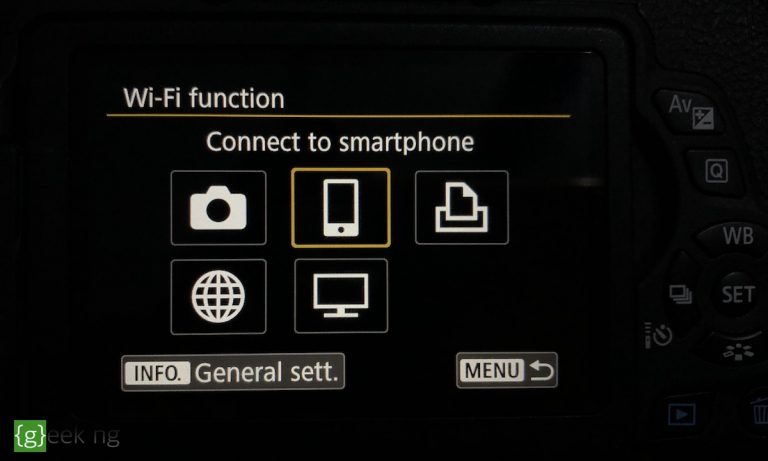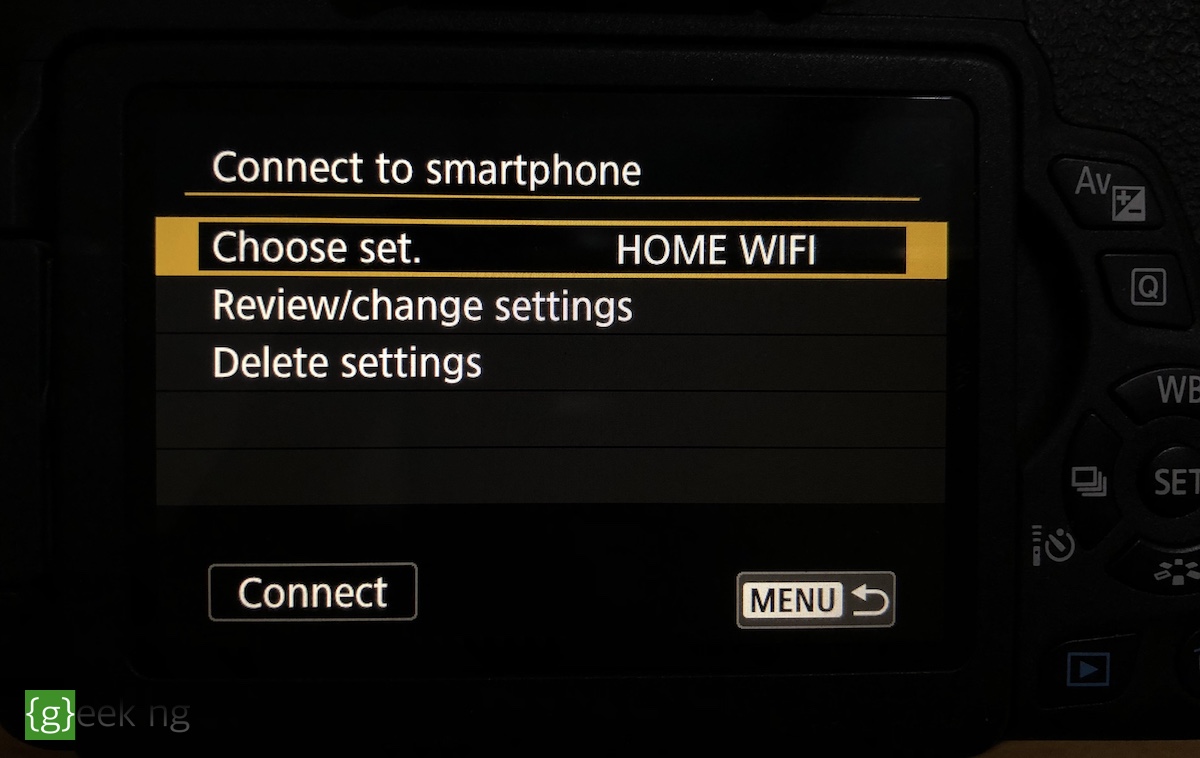


We’re happy Canon is using a new 24.2-megapixel APS-C CMOS sensor. (Oftentimes, warehouse stores, like Costco, will offer a two-lens kit, so look out for those.) If you already own Canon lenses or you want something different, skip the kit options. So, in our opinion, it makes more sense to go with the longer lens if the budget allows splurge further for the T6s if you can swing it. If you were to buy the lenses on their own ($250 and $550, respectively), it’s a $300 difference. The difference between the two lenses is focal range – the 18-135mm gives you longer zoom. (Quick primer: EF-S is Canon’s lenses made for APS-C sensors, IS stands for image stabilization, and STM refers to the built-in stepping motor for noise-free zooms when shooting videos.) You can also opt for the EF-S 18-135mm f/3.5-5.6 IS STM package for $1,049 this is also the kit lens offered with the T6s, for $1,149. For $850 (that’s MSRP, so do some price comparison), you can get the T6i with an EF-S 18-55mm f/3.5-5.6 IS STM lens. For new buyers, the T6i comes with two kit lens options, and the T6s has one. If you’re stepping up from an older Rebel and you already have lenses, you can purchase either camera as body-only options. Exterior measurements are identical – 5.2 × 4.0 × 3.1 inches (without a lens) and weight is around 20 ounces with battery and card.

The T6s’ grip is a bit wider and overall it just feels better. The T6s also has loads of tweaks for customizing your images, while the T6i is for casual photographers.Įven though, specs wise, the pair is very similar, the T6s feels much more substantial and weighs 0.4 ounces more (you won’t notice it). This handy readout is designed for more experienced shutterbugs, so Canon created this Rebel for that customer who wants advanced options but doesn’t want to drop more than $1,000 for an enthusiast DSLR – someone who’s graduated past entry-level but doesn’t want a heavier, more advanced model.

The key reason for the latter is the monochrome LCD on the top deck that gives you a quick glance of your settings and status. While the T6i resembles previous entry-level Rebels, the T6s looks more like an enthusiast camera, such as the EOS 70D. In today’s uber-competitive interchangeable lens camera (ILC) market, can Canon’s Rebel stay on top? And are the T6’s extra features worth the cost? Features and designĭSLRs generally all look alike, and Canon certainly didn’t break the mold with this pair. The T6s uses the same body, but has a few more enthusiast-centric features, like a status LCD. The T6i ($750, body only) is a natural evolution of the T5i (which remains in the lineup, as a lower-price model), but what do you get for $100 more, in the T6s. Both use a brand-new 24.2-megapixel APS-C sensor – the highest currently available from Canon – and are the first Rebel models to come with Wi-Fi and near-field communication (NFC). The latest Rebel is not one, but two very similar models: the EOS Rebel T6i and T6s. The following review is about both cameras, but we’ve noted the differences where appropriate.Ĭanon’s EOS Rebel-series cameras are not only popular entry-level consumer DSLRs, but they are also strong performers. But in terms of photo and video quality, results are the same.
Canon camera connect for pc with a t6i manual#
The T6s has some cosmetic differences and advanced features, such as a status LCD, manual exposure control, digital zoom, and enhanced grip. Fitbit Versa 3Įditors’ note: The EOS Rebel T6i and EOS Rebel T6s are nearly identical cameras that use the same internal components, but cater to slightly different users.


 0 kommentar(er)
0 kommentar(er)
